6. Moonrise Kingdom (2012)
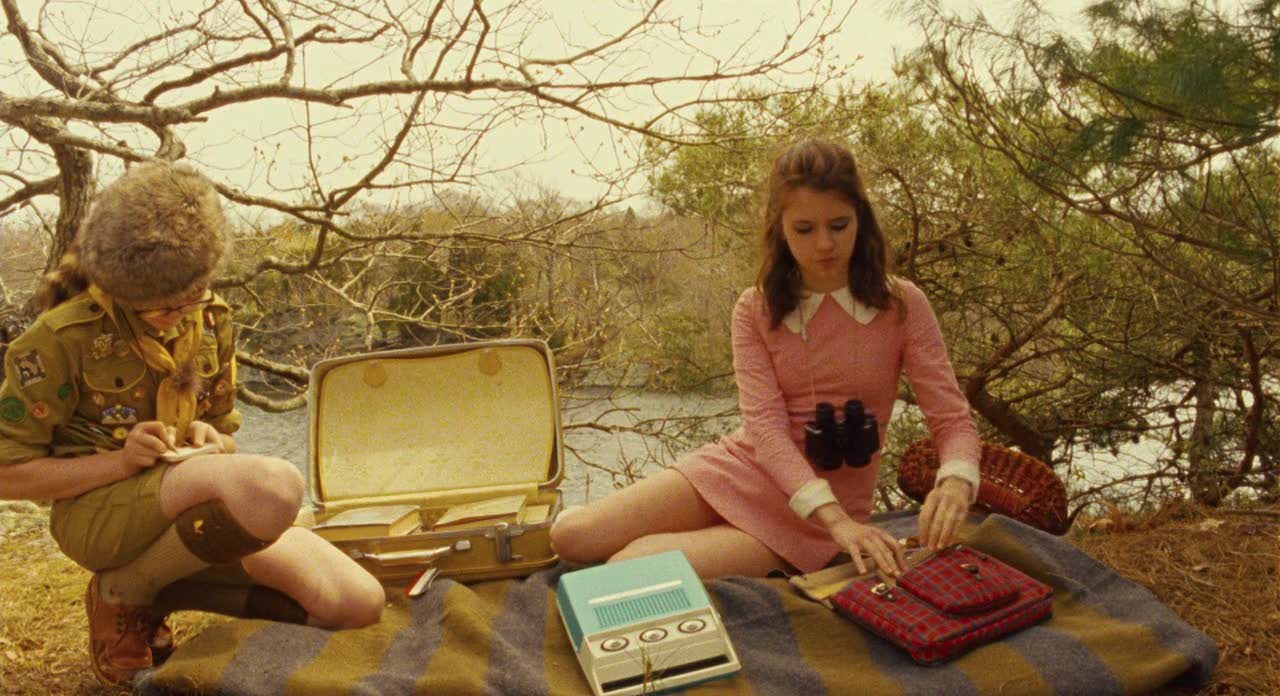
It would not be possible and certainly unreasonable to not include the mastery production design and well-known proportioned composition works of Wes Anderson on the list, since when asked about the most-liked or favorite films with powerful production design aspects in recent memory, his works would surely be mentioned by countless people.
“Moonrise Kingdom”, one of his arguably best works to date, manages to effectively explore the coming-of-age story of a young couple who escaped from their troubling parents to have a ‘mature’ life of their own. It features many artistic shots, such as the introduction that takes place in Suzy’s house, showing a confined space and symmetrical layouts through a slow camera movement, lingering slowly from room to room, or the frequent mixed use of zoom-ins and zoom-outs of different shots.
The clever use of color is seen from the color pink that Suzy wears, and how it doesn’t fit in with the color of her house and the rooms inside it, implying that this is not where she belongs and expresses her eagerness to leave. In the end, she wears different-colored clothes, hinting at her change in personality.
7. Barbarella (1968)
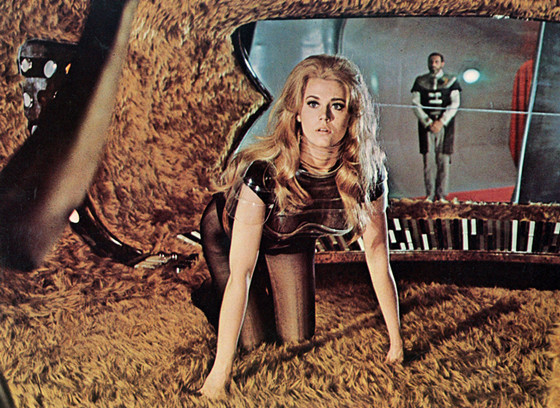
This space science fiction opera features the famous Jane Fonda, in one of her most controversially exploitative and suggestive roles for which she is well known. Unique for its portrayal of women as the strong and powerful main character, suggesting heavily implied feminism (which men would likely agree and go with the flow after seeing the film), and how more than once it deliberately tries to include silly dialogue and jokes that cause people to categorize it as a film that’s so bad it’s good, causing it to develop a cult following.
With a generic plot that is now overused, Jane Fonda is Barbarella, who is on a quest through planets to find and stop the villainous Durand Durand (Milo O’Shea). Even if the film consists of not-so-good special effects and rough, man-made set designs, the well-executed and grandiose wide shots can have hidden meanings for some people and even be considered artistic.
Also, even if the film used a ‘showy’ costume, it can be mentioned as smart and original, designed directly and suitable for the film. Another comedic but distinguished aspect of the film is how the color in background shows an overuse of bright colors that is unrealistic and ornate, but is used to imply a cheerful and happy feeling.
8. The Aquatic Life of Steve Zissou (2004)
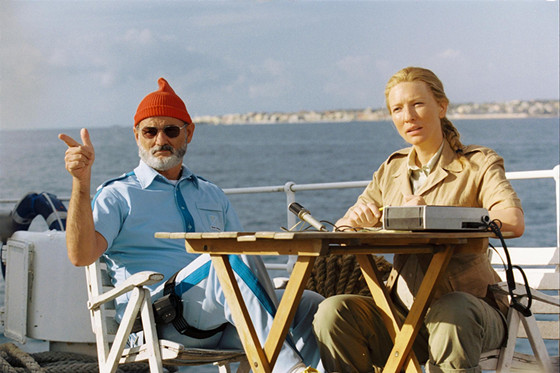
This is another film on this list directed by Wes Anderson, which may sound unfair but it is a noteworthy film because it is underrated and has unreasonably low scores on some review sites, even if the film tries to be inimitable by separating itself from other mainstream films with a simple and weird plot.
Steve Zissou (Bill Murray) is an oceanographer who gathers his team to go on a quest to find a mythical shark, and the film has dazzlingly awkward CGI and also tries to be satirically funny and depressing at the same time, something that may be too extreme for some people to handle.
The film features an ensemble cast of skilled, award-nominated actors that will surely delight and interest fans of these actors. As with most Wes Anderson films, the same techniques and style of shooting and design is used, not to mention the iconic old-fashioned, bright yellow font that is used in the title and end credits. However, in an addition that is different from some Wes Anderson films, there is an entertaining action sequence with Bill Murray, which was unexpected for moviegoers.
A memorable element from the film is the mature theme of the main character’s sadness due to the lost of his wife, combined with the regret of how he did not care much about his only son, with scenes that aren’t too melodramatic. By the way, the aesthetic design of the mythical shark is something that should be praised or discussed about more.
9. A Room With A View (1985)
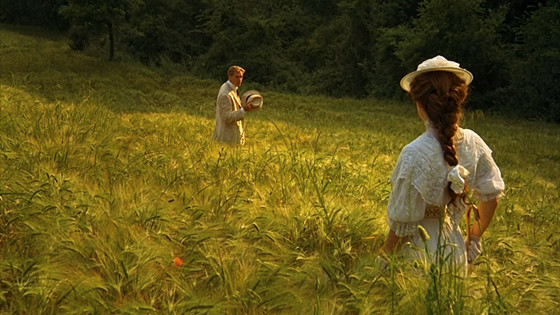
Another classic and masterpiece of romantic drama that took place in the Edwardian period, this film is surely an inspirational and striking achievement in cinema that will still be remembered by people even now. Helena Bonham Carter plays Lucy (in her feature film debut), and Daniel Day-Lewis (in one of his first major American film debuts) is Cecil, a man she is forced to marry due to the strict culture of the era, even if she felt more affection to a young man named George Emerson (Julian Sands).
Based on the famous E.M. Forster novel, the film boasts various breathtaking cinematography (not to mention the acclaimed kissing scene in the forest and the iconic window scene) and beautiful costume design, with the quality of the production supported with two Oscar wins for art direction and costume design. The film also wholly gives us a tour de force experience through the suppressed Edwardian era.
10. Stray Dogs (2013)
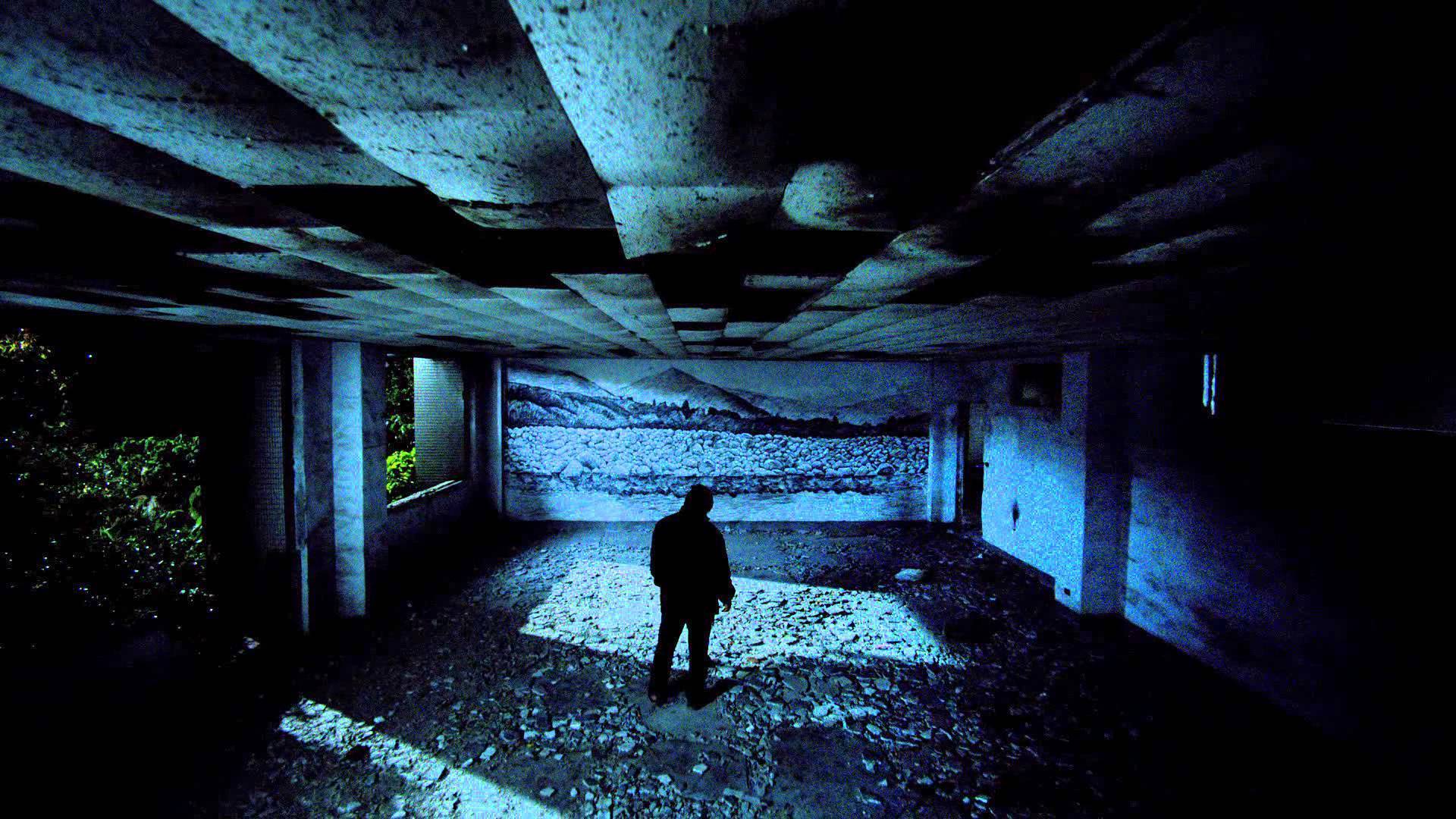
After several mentions of films in many different countries and different time periods circling around Europe or the US, it is a complete shame not to mention this film on a list, a film that is arguably part of the must-watch Asian films of 2013 and should not be missed especially by people who are fans of Asian arthouse films or wish to learn more about the stimulating history of Taiwanese cinema.
It was written and directed by the well-known Tsai Ming-Liang, widely honored as one the most ambitious directors to emerge from the Second New Wave of Taiwanese cinema, and if anyone is a fan of the director’s work, they will quickly tell you that what is unique about his films are how his style of work and films all demand the audiences’ need for patience, in order to effectively get through the films and appreciate their true hidden values.
An example of this is “Stray Dogs”, shown from an aware and potent use of pale lighting, with a combined mixture of dark and light blue to convey the depression that the troublesome family must survive and the harsh reality of Taipei itself and we will realize, as the movie goes on, that the use of color and lighting is more than enough for us to ‘blend in’ and be part of the nature of desolation and despair of the film.
One of the extended and weighty scenes is when the father gets in bed with his younger sons, a scene that does not require any dialogue or excessive overuse of acting to have an impact on us, but is verified to be enough with ‘inside’ emotion and absolute silence. A groundbreaking film that is recommended for viewing, if you wish to witness a change of perception of the world and life itself.
Author Bio: Siravich Uekrongtham is an undergraduate film student and a young cinephile currently exploring the diversity of films. Having made some amateur short films, Siravich is currently working on a few more short films and is open for any screenwriting or film-related jobs.